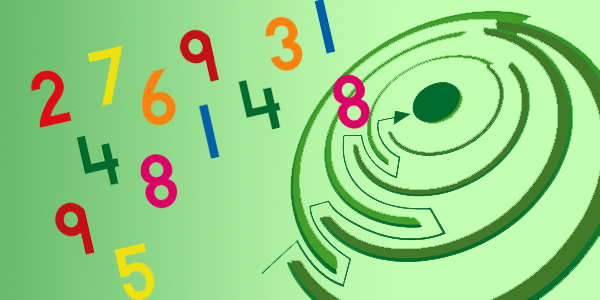“Any subject can be taught in an intellectually honest form to any child at any stage of development”
Jerome Bruner’s Theory of Development is based on the assumption that we learn best when we go from concrete to abstract in a three-step process: First comes hands-on “Action”, then learning with “Images” and finally students transform what they’ve learned into “Language”. Throughout the experience, we constantly revisit previously learned topics while teachers provide carefully structured guidance along the way.
Some students dislike math because they think it’s dull. They don’t get excited about numbers and formulas the way they get excited about history, science, languages, or other subjects that are easier to personally connect to. They see math as abstract and irrelevant figures that are difficult to understand. In the 1980s, the Singaporean government decided to stop importing foreign textbooks and, instead, build the world’s best math curriculum from scratch. Since that time, Singaporeans study fewer concepts with greater detail, following Bruner’s guideline.
Before we learn how well this worked out, let’s go through each step of the theory with an example: First, we learn through Enactive Representation. This happens in hands-on experiences, ideally with real-world applications. To divide 4 by 2, two students learn to cut a cake into 4 slides, so each can eat one now and bring one home later.
Step two is Iconic Representation. We now link our memories of the experience to iconic pictures. Students are asked to draw a cake that was cut into four pieces. Last comes Symbolic Representation. We now use the images we internalized earlier and turn them into abstract language, such as mathematical symbols. Using a little bit of retrospection, we can easily solve the problem because the concept can now be expressed and solved in an abstract formula.
This last phase is also called language-based because we are really just learning the right words and symbols to express our thoughts. The actual math knowledge was acquired much earlier through hands-on experiences.
Bruner, therefore, advocated for the use of a spiral curriculum. If you have ever said to your students, ”Pay attention, this is something important that will come up again later in the year!”, chances are you’ve taught from a spiral curriculum. The curriculum is comprised of three characteristics:
● Students revisit the same topic at regular intervals
● The complexity of the topic increases with each revisit
● The new learning has a relationship with previous learning
Spiral curriculum is probably most easily seen in mathematics because most topics in math build off of each other with increasing complexity. For example, in first grade and the beginning of second grade, students learn simple addition and subtraction facts. These facts are memorized by students so that they no longer have to rely on counting on fingers or using number lines. Addition and subtraction is then made more complex by introducing two digit numbers.

